Getting a second dog sounds like a dream—until it turns into chaos. Twice the cuddles? Yes. But also twice the barking, mess, jealousy, and stress—if you’re not ready. Many dog lovers dive into a second adoption thinking it’ll just be more of the same. Spoiler: It’s not. Dogs are pack animals, but not all packs play nice. Bringing in a new pup can stir up rivalry, resource guarding, or plain confusion for both pets. Before you welcome another wagging tail into your home, find out the seven biggest mistakes people make—and how to avoid turning your peaceful pet life into a fur-flying disaster.
Ignoring Compatibility
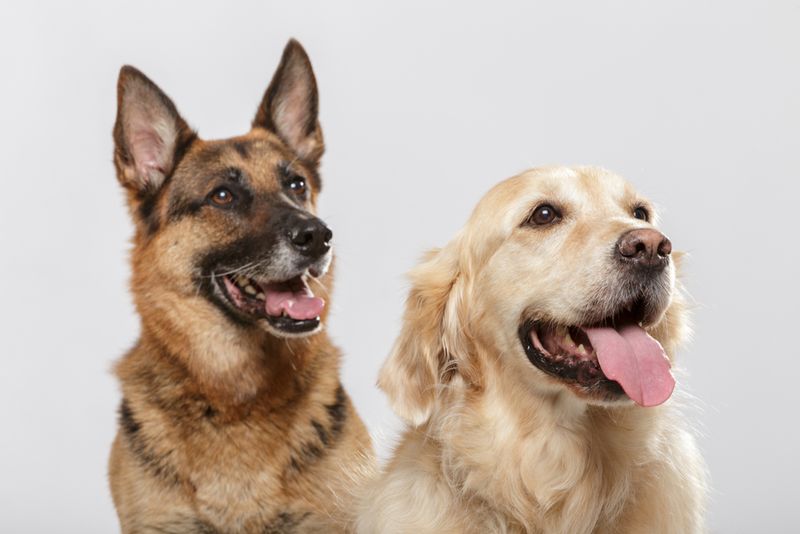
When considering a second dog, compatibility is crucial. Imagine a playful Labrador bounding towards a reserved Chihuahua; their dynamics can be complex. Choosing a dog with a similar energy level to your current pet is essential for harmony.
Think about temperament, age, and size. A large, exuberant dog might unintentionally scare a smaller, timid one.
A thoughtful introduction and careful consideration of personalities can prevent future conflicts. The bond between your first dog and the new addition should be a positive one, fostering companionship rather than competition.
Underestimating Time Commitment

Adding a second dog doubles the time and attention needed. Picture a bustling morning where one dog needs a walk while the other clamors for breakfast.
Time management becomes crucial as training, socialization, and playtime demands increase.
Balancing work, family, and furry friends requires deliberate scheduling. Recognizing this commitment helps avoid stress and ensures both pets receive adequate care and love.
Both dogs will need individualized attention to thrive, making time management a core consideration for a happy household.
Neglecting Training Needs
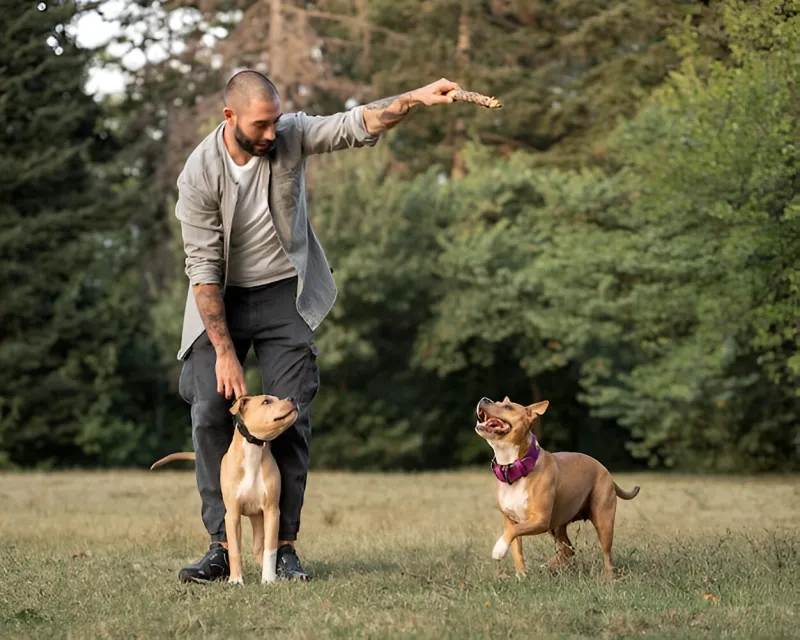
Training a second dog comes with its unique challenges. Envision one dog sitting obediently while the other is distracted, chasing a squirrel.
Training sessions must be tailored to accommodate different learning styles and paces.
It’s vital to reinforce good behavior consistently in both dogs. Ignoring this can lead to bad habits spreading from one dog to another.
Successful integration involves patience, persistence, and positive reinforcement, ensuring both dogs learn and grow harmoniously.
Overlooking Financial Impact
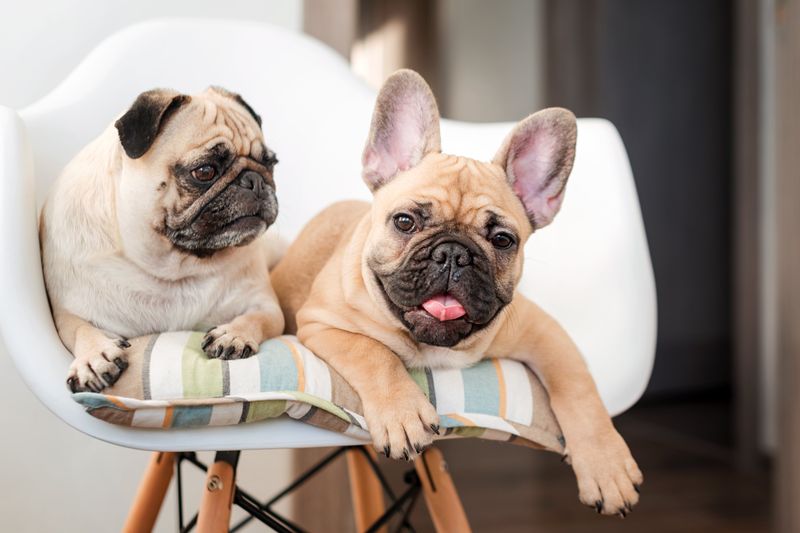
The financial impact of a second dog can be significant. Picture sitting at a table, budget sheet in hand, surrounded by toys, food bags, and vet bills.
Vet visits, grooming, food, and accessories for two dogs quickly add up.
Budgeting for additional expenses is necessary to avoid financial strain. Planning for emergencies, like unexpected vet visits, is crucial.
Being financially prepared ensures you can provide the best care for both dogs, maintaining their health and happiness without stress.
Ignoring Territorial Behavior
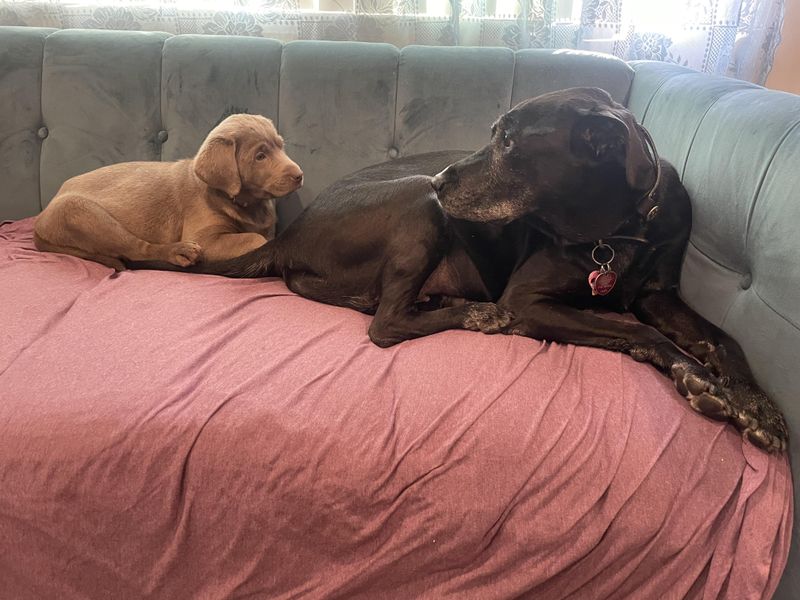
Bringing home a new dog can trigger territorial behaviors. Imagine a cozy living room where one dog growls possessively over a toy.
This reaction can be typical when a new pet enters established territory.
Managing space and resources is key to reducing tension. Introducing the dogs in neutral spaces like parks can help alleviate territorial disputes.
Understanding and addressing this behavior fosters a peaceful coexistence, ensuring both dogs feel secure and respected.
Skipping Individual Attention
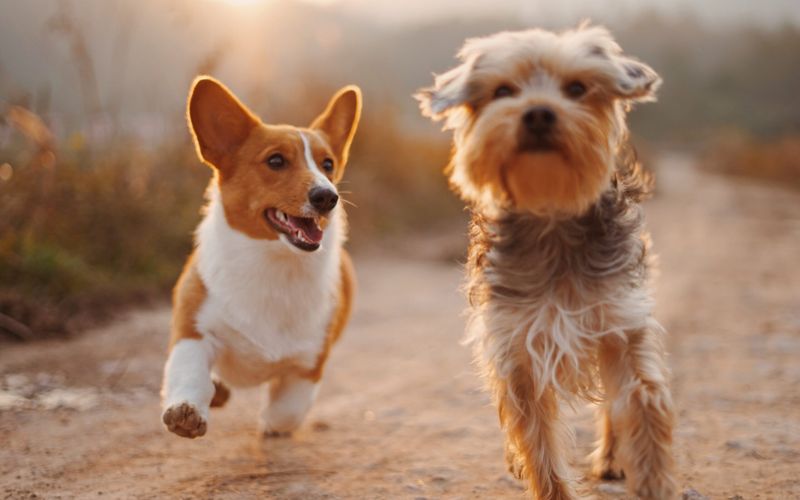
Even with two dogs, individual attention is paramount. Picture playing fetch with one dog while the other watches, longing for interaction.
Each dog requires personal time for bonding and engagement, which strengthens their sense of belonging.
Allocating time for solo activities helps prevent jealousy, contributing to overall happiness.
Personalized attention ensures both dogs feel loved and valued, reinforcing their unique place within the family dynamic.
Failing to Establish Hierarchy

Understanding the natural hierarchy between dogs is important. Visualize two dogs side by side, one slightly ahead, hinting at dominance.
Dogs often establish their own social order, which can be disrupted by a new addition.
Observing interactions and respecting established roles helps maintain peace. Interfering unnecessarily can lead to confusion and conflict.
Supporting their natural hierarchy, while ensuring fairness, allows dogs to feel balanced and secure in their environment.

